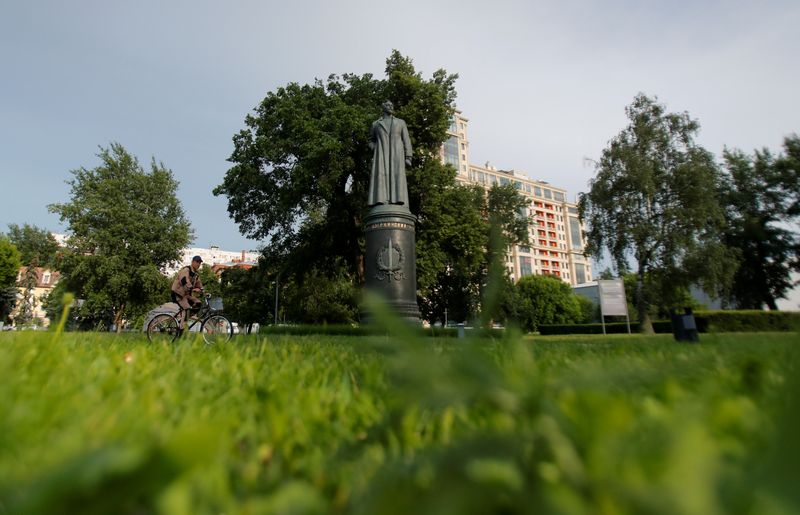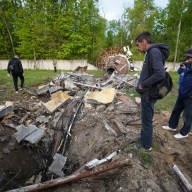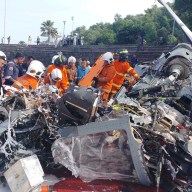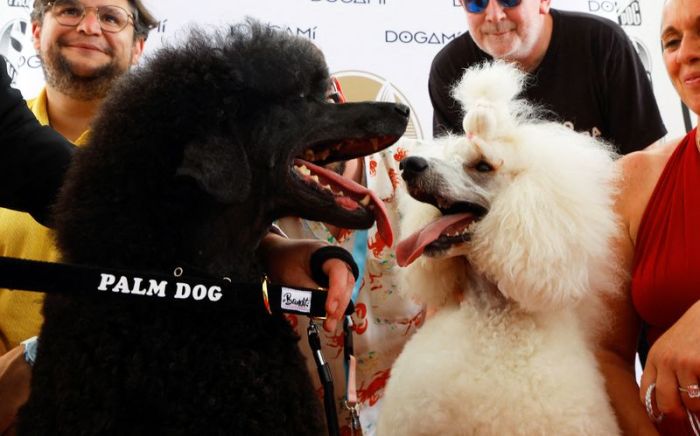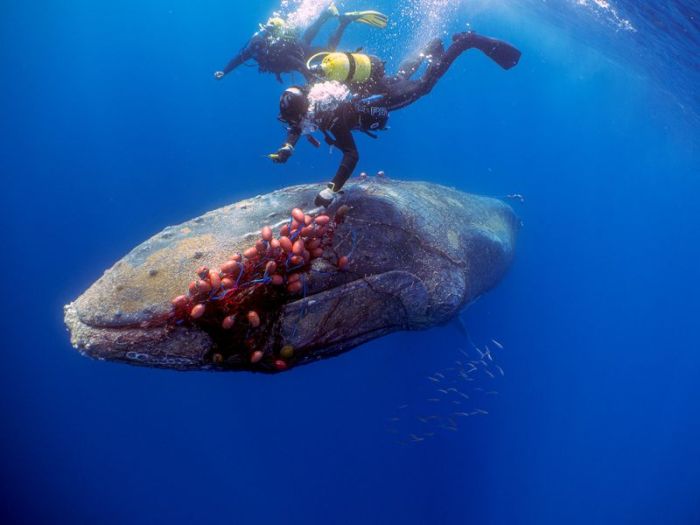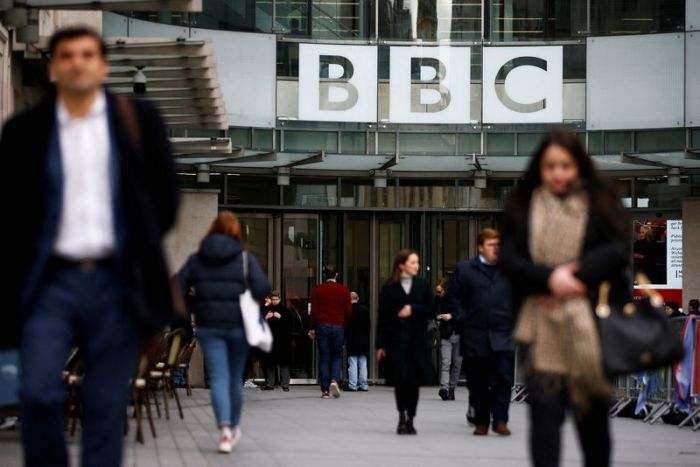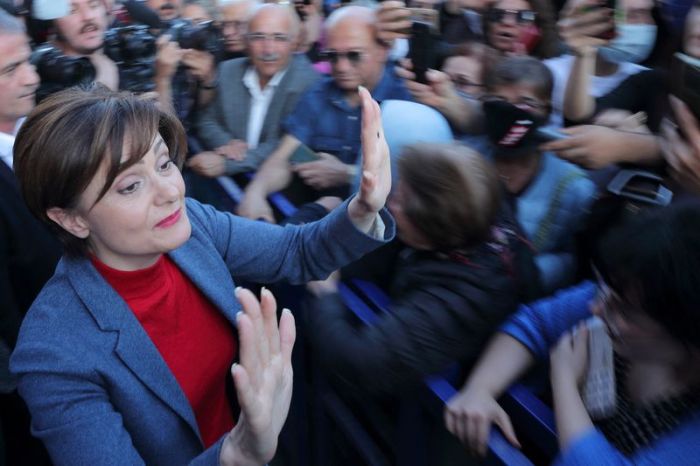MOSCOW (Reuters) – Moscow residents are to be asked to resolve a politically sensitive riddle that has frustrated Russian authorities for three decades – what statue to erect on an empty spot where the likeness of an infamous Soviet secret policeman once stood.
Voters will be asked if they want to reinstate the original statue of Felix Dzerzhinsky, one oft the defunct communist state’s most feared secret policemen, three decades after it was torn down in the twilight of the Soviet Union.
Or, if that doesn’t appeal, whether they fancy a new statue on the same spot of Alexander Nevsky, a 13th century prince and Russian Orthodox Church saint revered for his military victories over foreign invaders.
The vote plans were backed on Friday by Moscow’s Civic Chamber, an expert body set up by the authorities to propose new initiatives.
The statue vote would be held from Feb. 25 to March 5 if, as expected, the Russian capital’s authorities move forward with the plan.
The original statue of Dzerzhinsky, known as Iron Felix, once occupied a prime spot on Lubyanka Square in central Moscow in front of the Soviet-era KGB headquarters, now home to Russia’s main domestic intelligence service.
It would be put back in the same spot if voters back the idea.
The Moskovsky Komsomolets newspaper said the winning statue could be erected in September, the same month as Russia is due to hold a parliamentary election.
It said Iron Felix was unlikely to be a choice that consolidated Russian society however, and suggested the medieval prince was likely to be a less controversial pick.
Dzerzhinsky headed the Cheka, the Soviet Union’s first post-revolutionary secret police which was infamous for carrying out summary executions and destroying anyone it suspected of treason during what became known as the Red Terror.
Torn down by cranes as crowds cheered in August 1991 after a failed hardline coup against then Soviet leader Mikhail Gorbachev, some Russians saw his statue’s toppling as a moment of hope that would usher in a new freer era.
Four months after it came down, the Soviet Union itself ceased to exist and Gorbachev stood down, leaving Boris Yeltsin in sole charge of an independent Russia.
(Reporting by Andrew Osborn; Editing by Nick Macfie)

